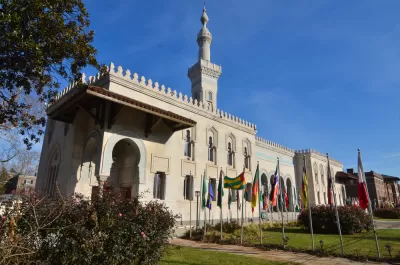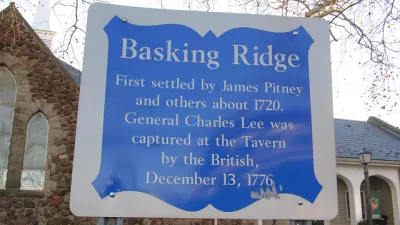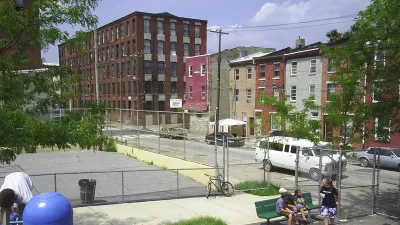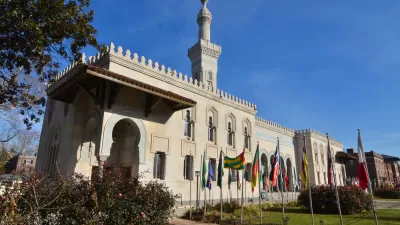As the U.S. Department of Justice takes action to protect the religious freedoms of Muslims in the United States, zoning decisions have proven a particularly common source of anxiety among Muslim communities.

Katie Shepherd reports on the controversy over a proposed mosque project in Bensalem, Pennsylvania. According to Shepherd, a Muslim congregation in the Philadelphia suburb spent ten months "[pleading] with township officials to allow the construction of a mosque, paying for expensive traffic studies, repeatedly explaining Islamic practices, revising and re-revising design plans, and then receiving the final word: No."
The U.S. Department of Justice, however, has charged "that the Bensalem Township zoning hearing board had violated federal religious land-use laws by denying the congregation’s application after it had granted zoning exemptions for other religious construction projects."
More specifically, the township's zoning board had previously granted variances to an Indian Orthodox church, two Hindu temples, and several faith-based private schools, among other religious institutions, according to Shepherd.
The Bensalem case is just one example of a concerted effort by the Department of Justice to protect the rights of Muslims in the United States at a time of heated political rhetoric and global conflict. "The Justice Department has taken up land-use cases like the one in Bensalem, religious discrimination in the workplace and at school, and hate-crime cases, and it has deployed community leaders to educate people on Islam," reports Shepherd.
Accusations of religious discrimination, like the example from Bensalem, are increasing, according to Shepherd. And in some cases, other churches have stood in solidarity with Muslim mosques, recognizing the possibility for one variety of religious discrimination to lead to another.
FULL STORY: Township Saw a Zoning Issue. The Justice Dept. Saw Religious Discrimination.

Montreal Mall to Become 6,000 Housing Units
Place Versailles will be transformed into a mixed-use complex over the next 25 years.

Planetizen Federal Action Tracker
A weekly monitor of how Trump’s orders and actions are impacting planners and planning in America.

DARTSpace Platform Streamlines Dallas TOD Application Process
The Dallas transit agency hopes a shorter permitting timeline will boost transit-oriented development around rail stations.

Study: 4% of Truckers Lack a Valid Commercial License
Over 56% of inspected trucks had other violations.

Chicago Judge Orders Thousands of Accessible Ped Signals
Only 3% of the city's crossing signals are currently accessible to blind pedestrians.

Philadelphia Swaps Car Lanes for Bikeways in Unanimous Vote
The project will transform one of the handful of streets responsible for 80% of the city’s major crashes.
Urban Design for Planners 1: Software Tools
This six-course series explores essential urban design concepts using open source software and equips planners with the tools they need to participate fully in the urban design process.
Planning for Universal Design
Learn the tools for implementing Universal Design in planning regulations.
City of Mt Shasta
City of Camden Redevelopment Agency
City of Astoria
Transportation Research & Education Center (TREC) at Portland State University
US High Speed Rail Association
City of Camden Redevelopment Agency
Municipality of Princeton (NJ)





























